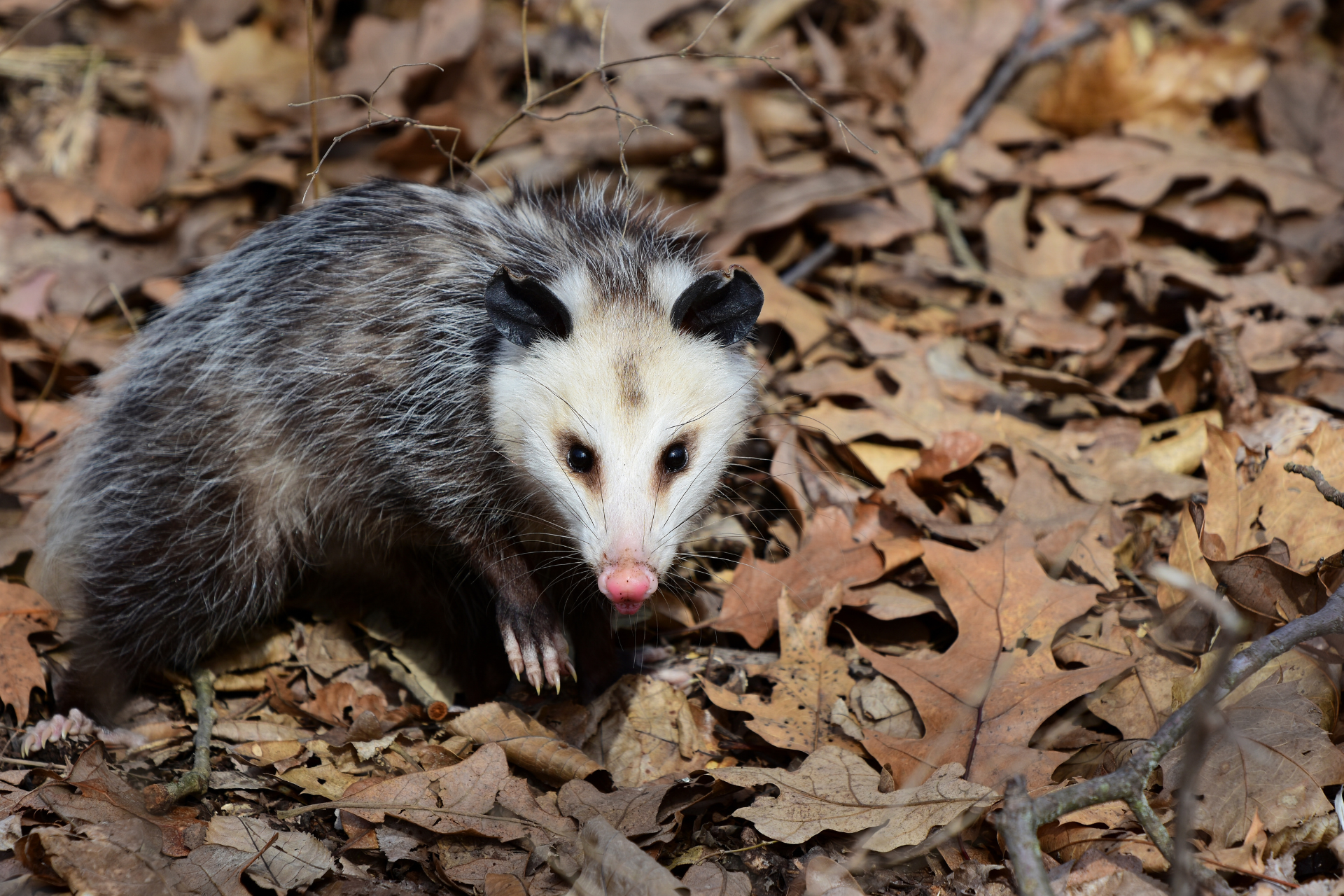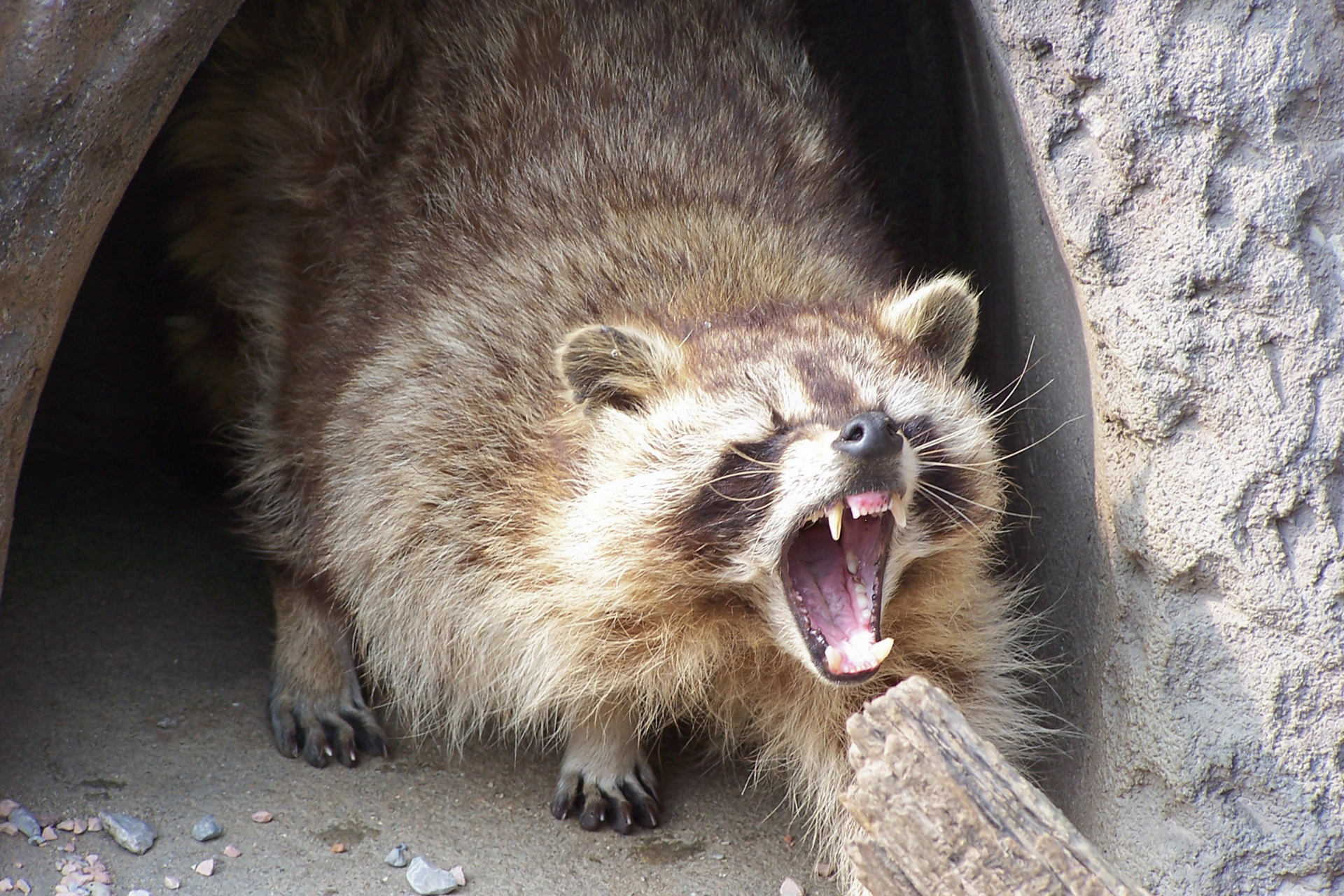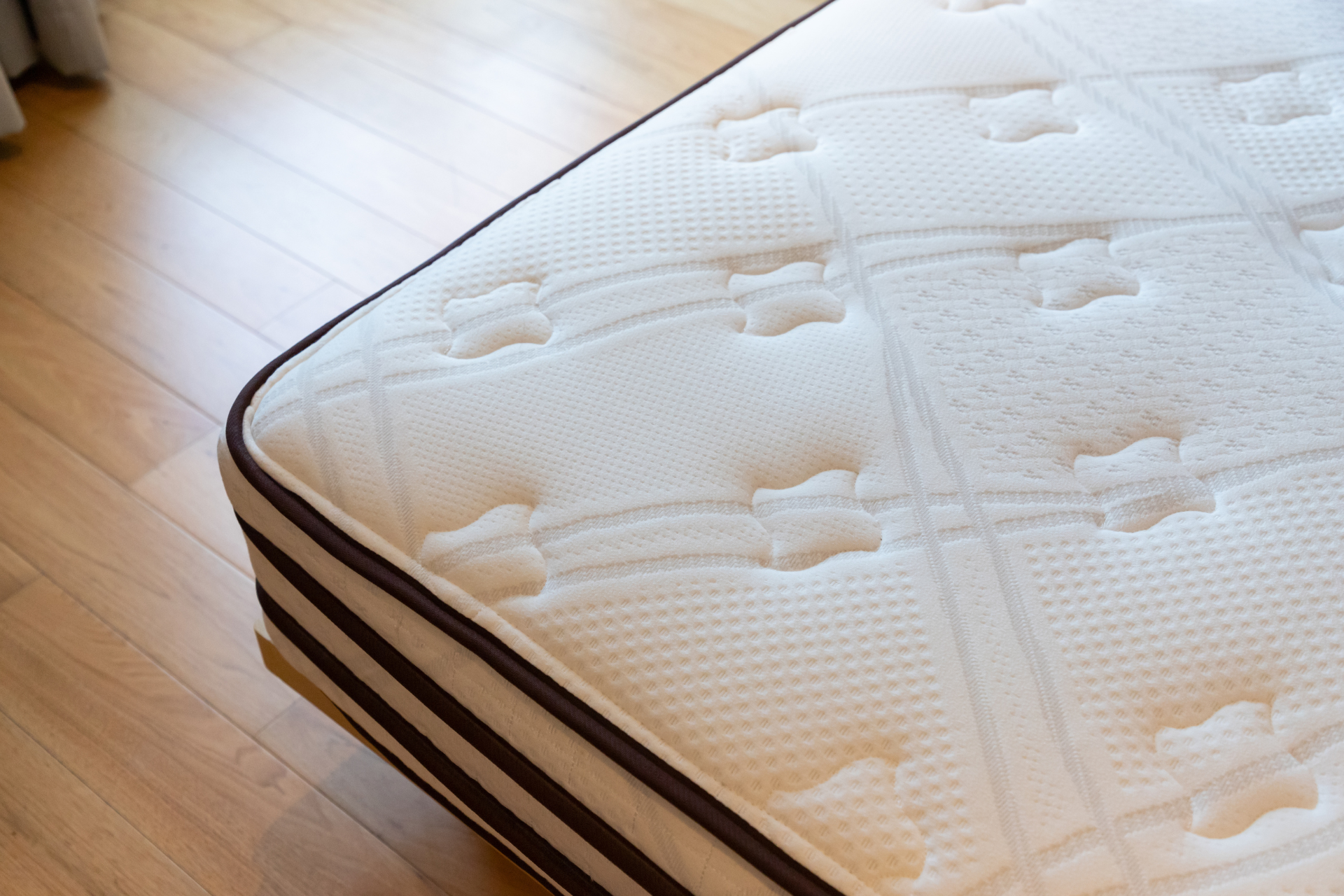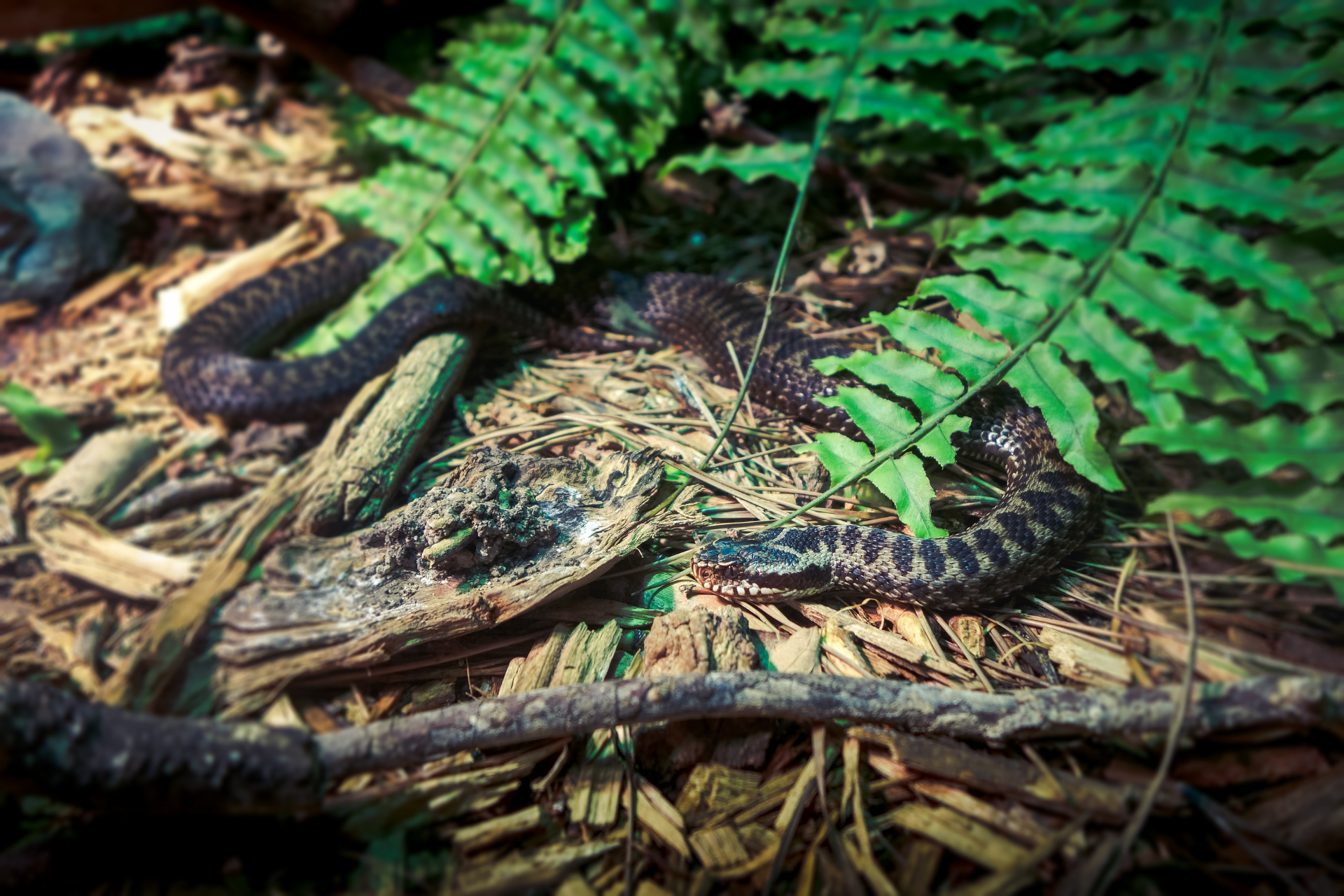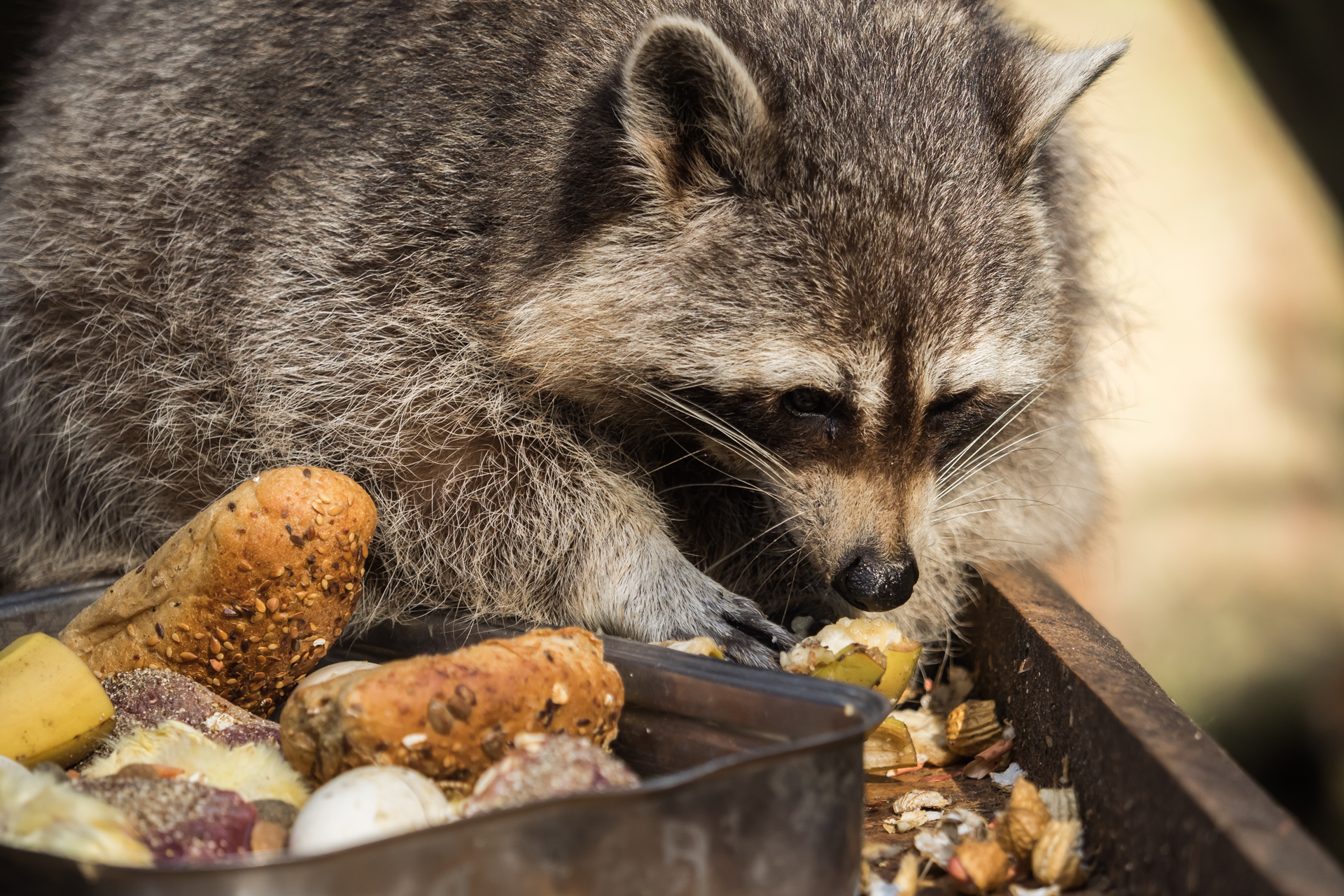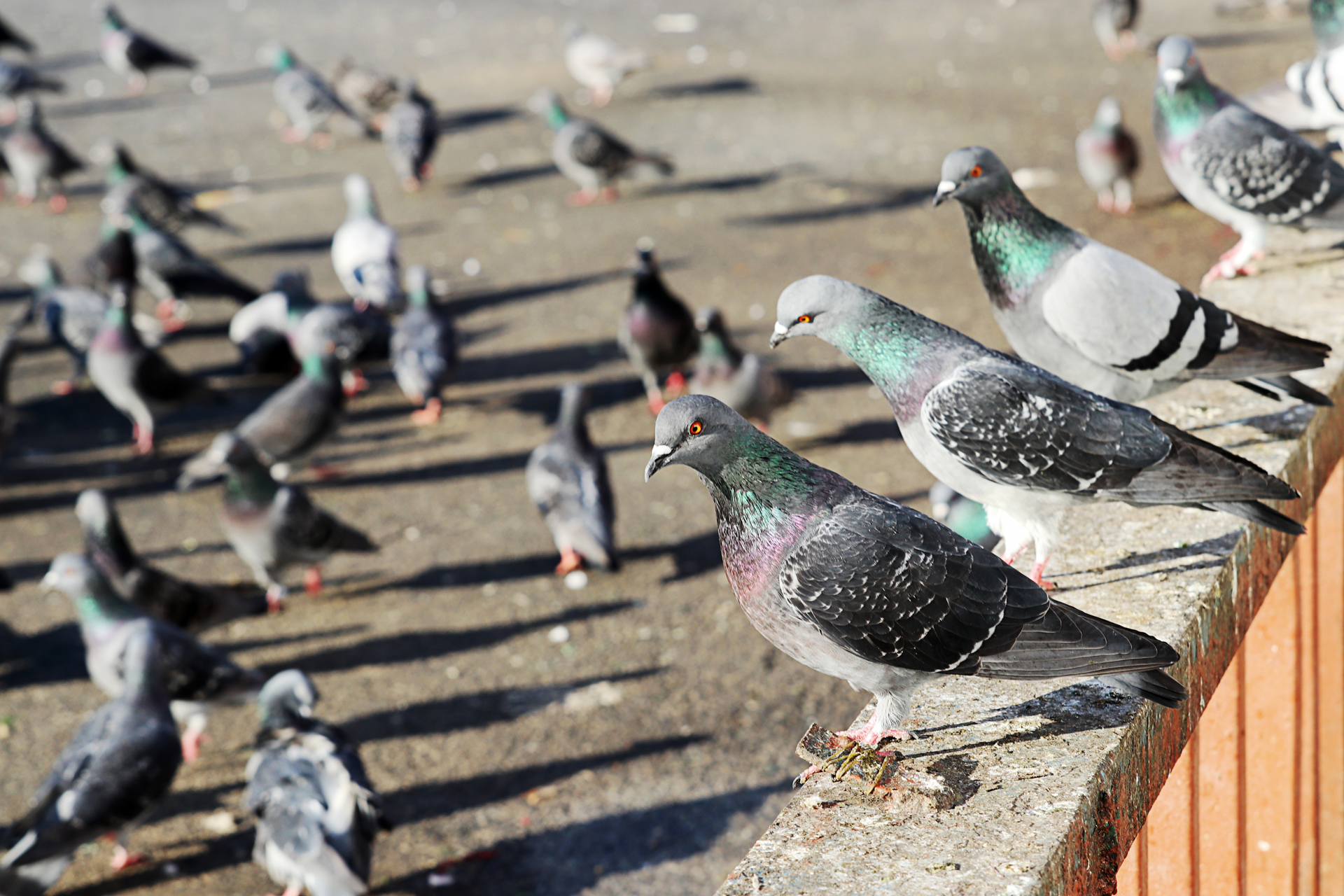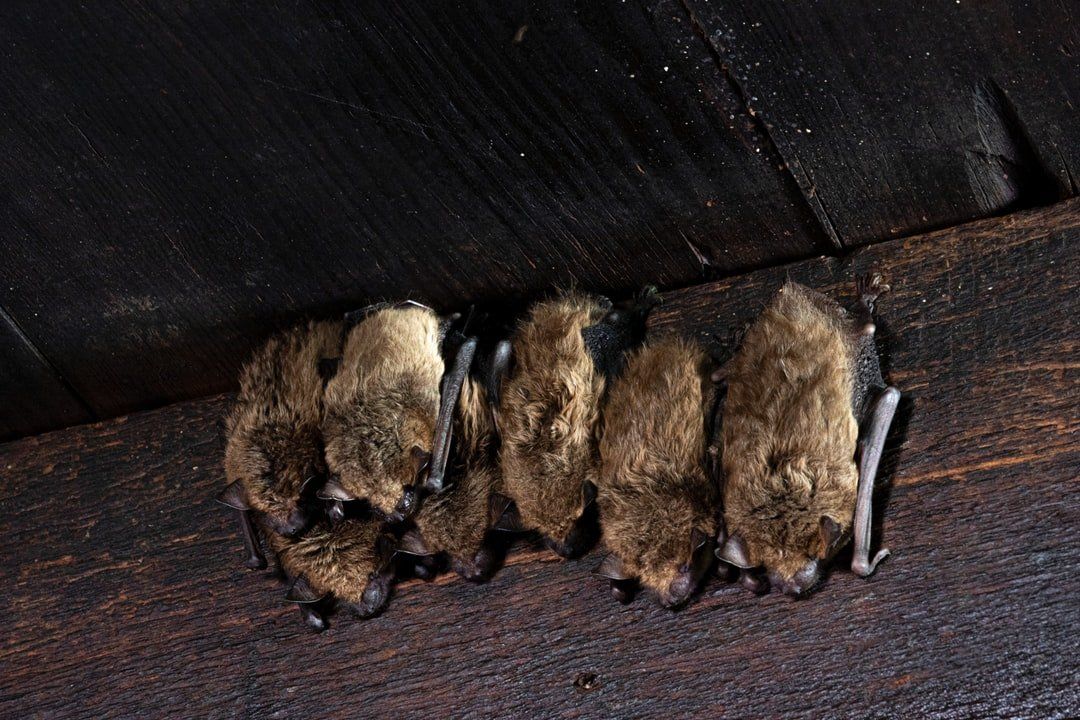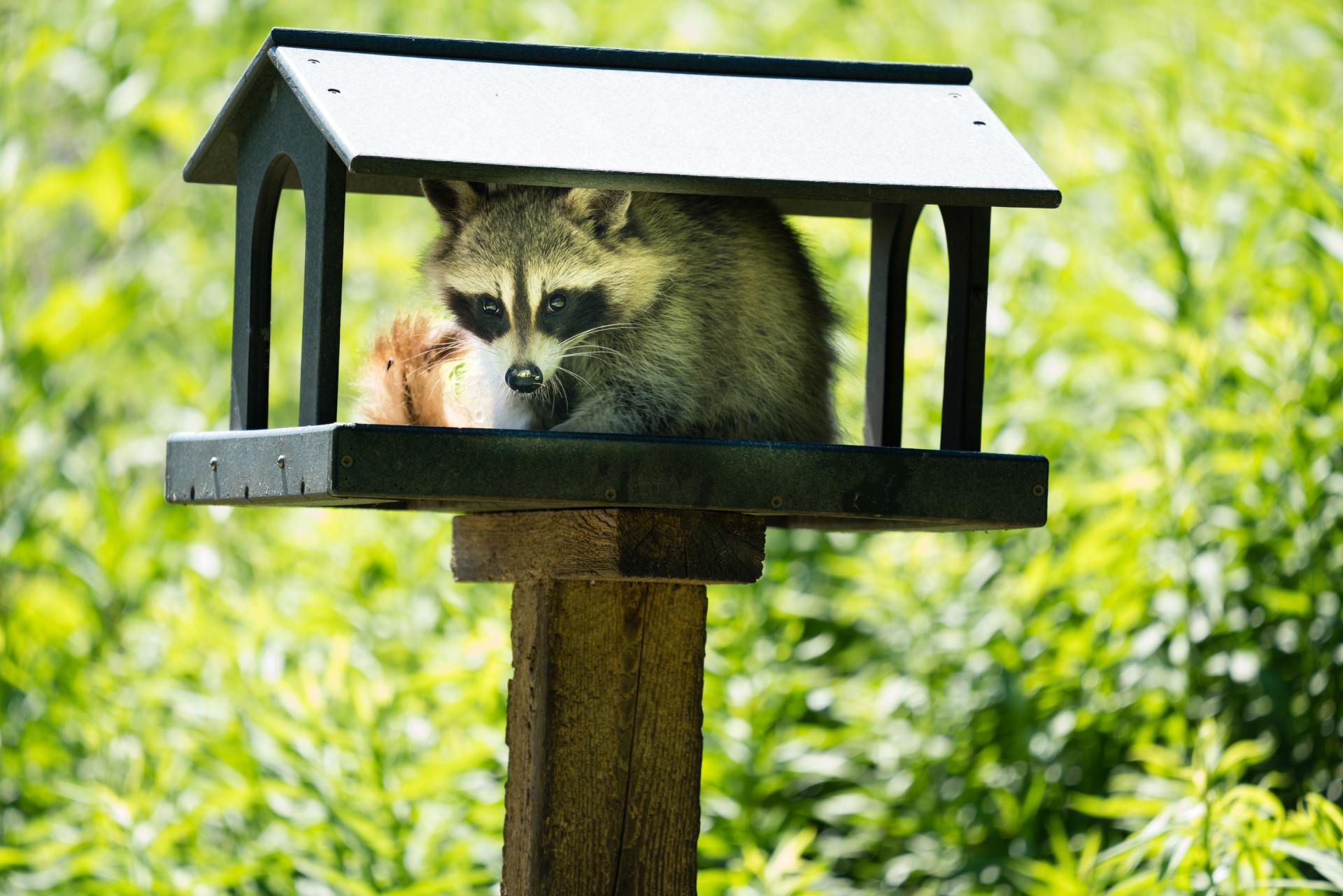Dangers In The Attic
Unseen Invaders And Their Devastating Effects
Attics, often overlooked and underutilized, serve as perfect havens for various nuisance animals. These spaces, typically dark, quiet, and undisturbed, offer an ideal environment for creatures seeking shelter, warmth, and a place to breed. The presence of these animals can lead to significant structural damage, health risks, and constant disturbances, making the attic a hotspot for unwelcome guests.
Attic Invaders
Birds such as pigeons and sparrows frequently invade attics, attracted by the warmth and shelter these spaces provide. These feathered intruders often enter through small openings or damaged vents, setting up nests that can clog these vents and cause airflow issues. The accumulation of nests and droppings can also damage insulation, reducing its effectiveness and potentially leading to higher energy costs. Moreover, bird droppings pose severe health risks. Diseases like histoplasmosis, a respiratory condition caused by inhaling fungal spores found in bird droppings, can significantly impact human health.
Bats often find their way into these spaces through tiny openings or gaps in the roof. The most frequent bat species to take up residence in attics include the little brown and big brown bats. While bats play a key role in controlling insect populations, their presence can be problematic. Guano, or bat droppings, can build up over time, leading to the corrosion of wood and drywall. This accumulation not only weakens the structural integrity of the attic but also poses health risks. Guano is a breeding ground for fungi that can cause histoplasmosis, and bats themselves can carry rabies, posing a direct threat to human health. The squeaking and rustling sounds of active bats at night can be incredibly unsettling, often causing distress and sleepless nights.
Raccoons are notorious for their ability to break into attics, often tearing apart vents, shingles, or fascia boards to gain access. Once inside, these clever critters can cause significant structural damage. Raccoons are known to tear up insulation and chew through wiring, creating potential fire hazards and compromising the attic’s insulation properties. The health risks associated with raccoons are also substantial. They can carry raccoon roundworm, a parasite that can infect humans and cause severe neurological damage. The loud thumping and scratching noises raccoons make as they move around can be highly disruptive, especially at night, creating an environment of constant anxiety and irritation.
Opossums, though less common than other invaders, are still a significant nuisance when they do take up residence. These marsupials are attracted to attics for the shelter and safety they provide from predators. Opossums are known to tear up insulation and damage air ducts, leading to reduced energy efficiency and increased heating and cooling costs. The health risks associated with opossums include the transmission of leptospirosis and other diseases through their droppings and urine.
Snakes, although less frequent attic inhabitants, can still find their way into these spaces in search of prey such as rodents. Both venomous and non-venomous snakes can end up in attics, creating a frightening scenario for homeowners. While snakes cause minimal structural damage, their presence can induce panic and anxiety. Venomous snakes pose a direct health threat through potentially lethal bites, while even non-venomous snakes can spread salmonella.
Rodents
Rats and mice are perhaps the most common and persistent attic invaders. These rodents can cause extensive damage by gnawing on wires, wood, and insulation. Their constant chewing can weaken the structural integrity of the attic. The health risks associated with rats and mice are numerous. They can spread diseases like hantavirus and salmonella, which can be transmitted to humans through contact with their droppings, urine, or saliva.
Squirrels, particularly grey squirrels and flying squirrels, are agile and persistent when it comes to finding their way into attics. These rodents are known for chewing through wood, wires, and insulation. The gnawing behavior of squirrels can cause short circuits. Additionally, they can spread diseases like leptospirosis and salmonella through their droppings and urine. The scurrying and gnawing sounds of squirrels during the day can be quite alarming, disrupting daily activities and making it hard to concentrate or relax.
The first step in addressing an attic infestation is a thorough inspection by professionals. These experts can identify the entry points and assess the extent of the infestation. By understanding how and where animals are gaining access, effective measures can be taken to seal these entry points and prevent future invasions. Professional removal services ensure that animals are removed responsibly and humanely, reducing the risk of injury to both the animals and homeowners. Experts can also provide valuable advice on preventive measures to keep attics animal-free in the long term.
Once the animals have been removed, the next critical step is cleaning and decontamination. This process involves removing droppings, nests, and other waste materials left behind by the animals. Proper disinfection is essential to eliminate pathogens and reduce the risk of disease transmission. Deodorizing helps to remove lingering odors that could attract other animals. Replacing damaged insulation is also vital to restore the energy efficiency. Insulation contaminated by animal droppings can harbor bacteria and fungi, posing ongoing health risks if not addressed promptly.
Preventing future infestations requires a combination of sealing entry points and regular maintenance. Regular attic inspections and maintenance are essential to catch the signs of new activity early and address them before they become significant problems. Educating homeowners on the signs of infestation and the importance of timely intervention can empower them to take proactive measures. By maintaining a clean and secure attic, homeowners can avoid the many problems associated with nuisance animal invasions and enjoy peace of mind knowing their home is secure and sound.
If you have critters in your attic, you can trust Veteran's Pride Wildlife Control. Our experienced team specializes in humane removal, thorough cleaning, and effective prevention, ensuring your home is free from unwelcome invaders. Contact us today for a professional inspection and reclaim your peace of mind.
All Rights Reserved | Veterans Pride Wildlife Control

